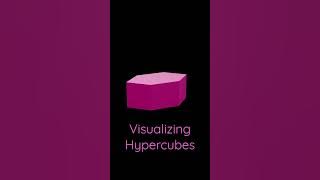Six-dimensional space
Six-dimensional space is any space that has six dimensions, six degrees of freedom, and that needs six pieces of data, or coordinates, to specify a location in this space. There are an infinite number of these, but those of most interest are simpler ones that model some aspect of the environment. Of particular interest is six-dimensional Euclidean space, in which 6-polytopes and the 5-sphere are constructed. Six-dimensional elliptical space and hyperbolic spaces are also studied, with constant positive and negative curvature. Formally, six-dimensional Euclidean space, ℝ6, is generated by considering all real 6-tuples as 6-vectors in this space. As such it has the properties of all Euclidean spaces, so it is linear, has a metric and a full set of vector operations. In particular the dot product between two 6-vectors is readily defined and can be used to calculate the metric. 6 × 6 matrices can be used to describe transformations such as rotations that keep the origin fixed. More generally, any space that can be described locally with six coordinates, not necessarily Euclidean ones, is six-dimensional. One example is the surface of the 6-sphere, S6. This is the set of all points in seven-dimensional space (Euclidean) ℝ7 that are a fixed distance from the origin. This constraint reduces the number of coordinates needed to describe a point on the 6-sphere by one, so it has six dimensions. Such non-Euclidean spaces are far more common than Euclidean spaces, and in six dimensions they have far more applications. (Wikipedia).



















